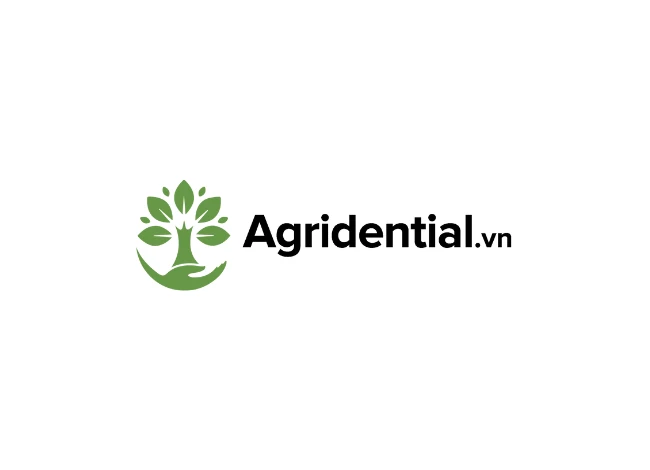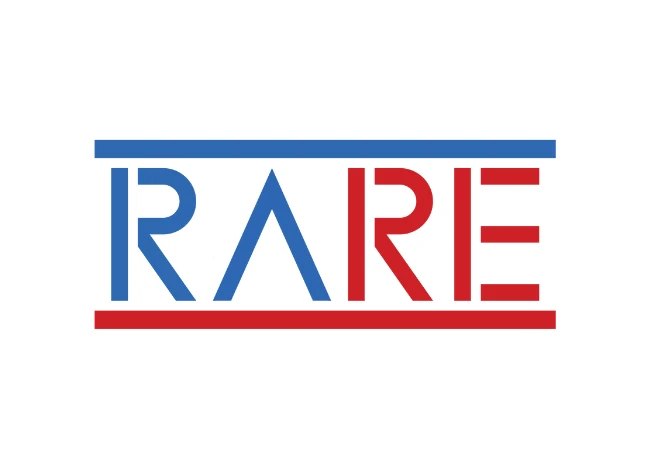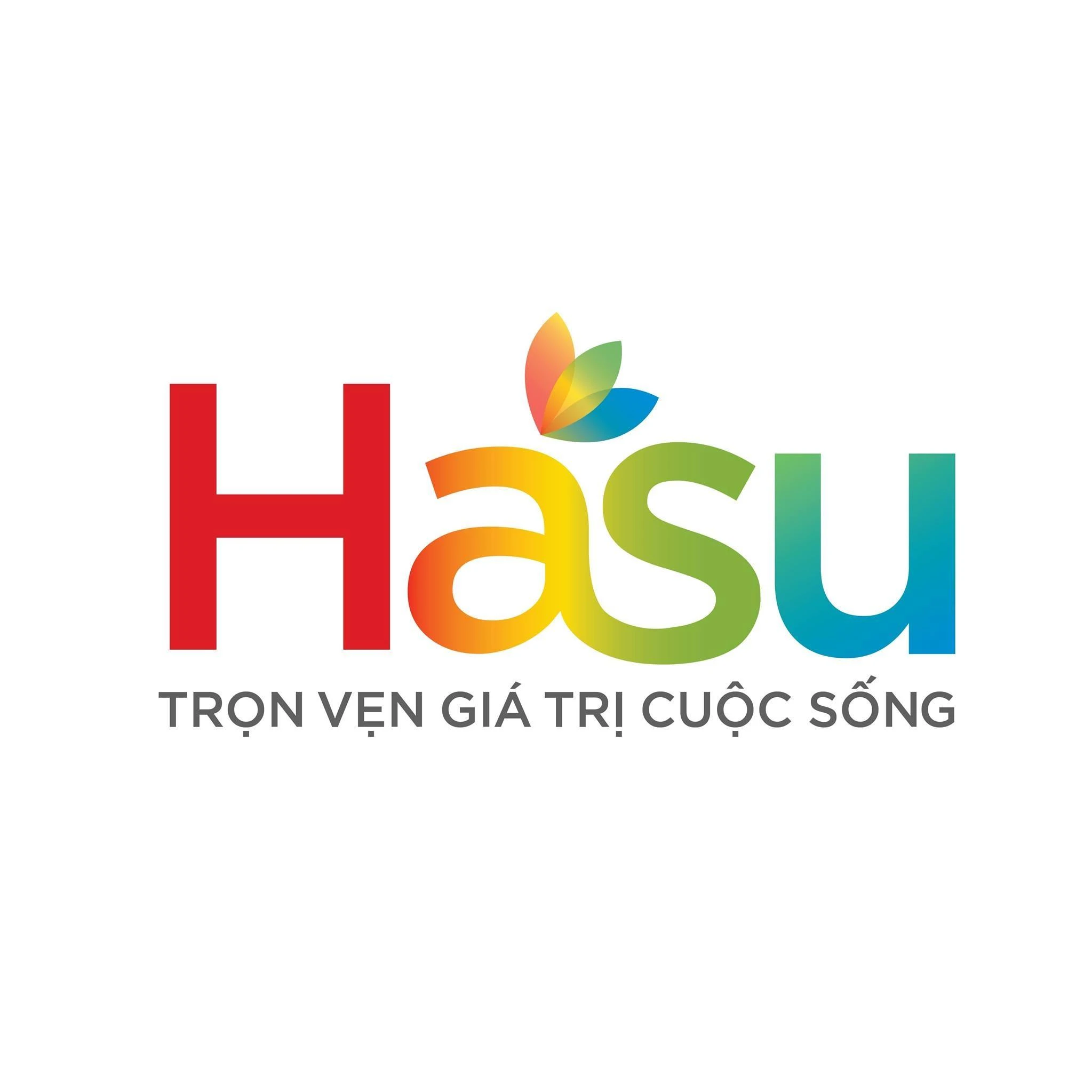WasteX emerged at a time when many agricultural countries in Southeast Asia and South Asia were grappling with the widespread burning of agricultural residues, a practice that significantly contributes to air pollution. Instead of trying to persuade farmers to stop burning straw, this startup offers a technological solution designed to operate directly on farms. They have developed a compact, semi-automated, and easy-to-install carbonizer that transforms straw, rice husks, or sugarcane bagasse into biochar—an input that improves soil quality and generates carbon credits through internationally standardized measurement systems.
The research and development efforts of the WasteX team have centered on two key goals: optimizing thermal efficiency and ensuring mobility to meet the needs of small-scale farmers. The Model Y2.3 carbonizer operates on the principle of automated thermal flow, featuring separate combustion and pyrolysis chambers. It utilizes syngas recovered from the burning process to generate output heat, thereby reducing energy consumption. The machine’s exterior is made of SS304 stainless steel, designed with a modular structure that allows for quick assembly and disassembly, and is durable in outdoor environments. Through high-temperature sensors, the system automatically controls the pyrolysis process, yielding an average of 12 to 32 kilograms of biochar per hour—equivalent to a potential output of up to 100 tons per year—sufficient to meet the widespread needs of smallholder farms and peri-urban agricultural areas.
In addition to hardware, the digital platform plays a crucial role in WasteX’s model. They have developed the dMRV (digital Monitoring, Reporting, and Verification) application on Android, certified by Carbon Standards International under the Global Artisan C‑Sink standard. This app records the entire biochar production cycle—from the quantity of straw input, processing time, and amount of sequestered carbon to tailored biochar application formulas. It enables farmers to access transparent data, facilitating participation in carbon credit markets and generating revenue through a “biochar-as-a-service” model.
Field trials in East Java have yielded highly promising results, with corn farmers reporting an average 69% increase in yield, 50% savings on fertilizer costs, and additional income of approximately USD 835 per hectare. Other crops such as peanuts and tomatoes also saw yield improvements of 23% and 52%, respectively.
The successful deployment of this model has been made possible through a strong partnership with Bina Tani Sejahtera, a local organization that supports equipment assembly, operation, and farmer training. Most importantly, the collaboration contributes to building a network of small and medium-sized farms, helping them access clean technology without facing major technical or financial barriers.
A significant portion of WasteX’s early-stage funding came from P4G Partnerships, with a USD 450,000 grant awarded in 2024, along with investments from Wavemaker Impact and Norinchukin Bank. This funding has enabled the production of devices, the establishment of carbonizer hubs across various regions in Indonesia and the Philippines, and the development of the dMRV platform to standardize and implement the carbon–biochar model on farms.
What sets WasteX apart from many other agricultural residue treatment solutions is that they don’t merely supply biochar—they also support the carbon market by measuring and verifying the amount of carbon sequestered. By integrating hardware, software, and data, farmers become active participants in the climate value chain, rather than passive producers.
WasteX’s journey offers valuable lessons for technology and innovation startups. First, solving practical, on-the-ground problems directly at the farm level makes technology more accessible and scalable. Second, building a transparent MRV system is critical for linking physical systems with the carbon credit market, thereby generating real financial value for users. Lastly, strong connections with local partners and access to green funding are key levers for bringing lab-tested models into communities sustainably.
In a world where agriculture and climate are becoming central to global solutions, WasteX demonstrates that technological innovation doesn’t have to be grand or complex. If designed in the right place, with the right data and support ecosystem, even a small carbonizer can redefine the relationship between agriculture and climate. This is a powerful lesson for anyone building sustainable and green technology solutions in Vietnam and other countries with similar conditions.






